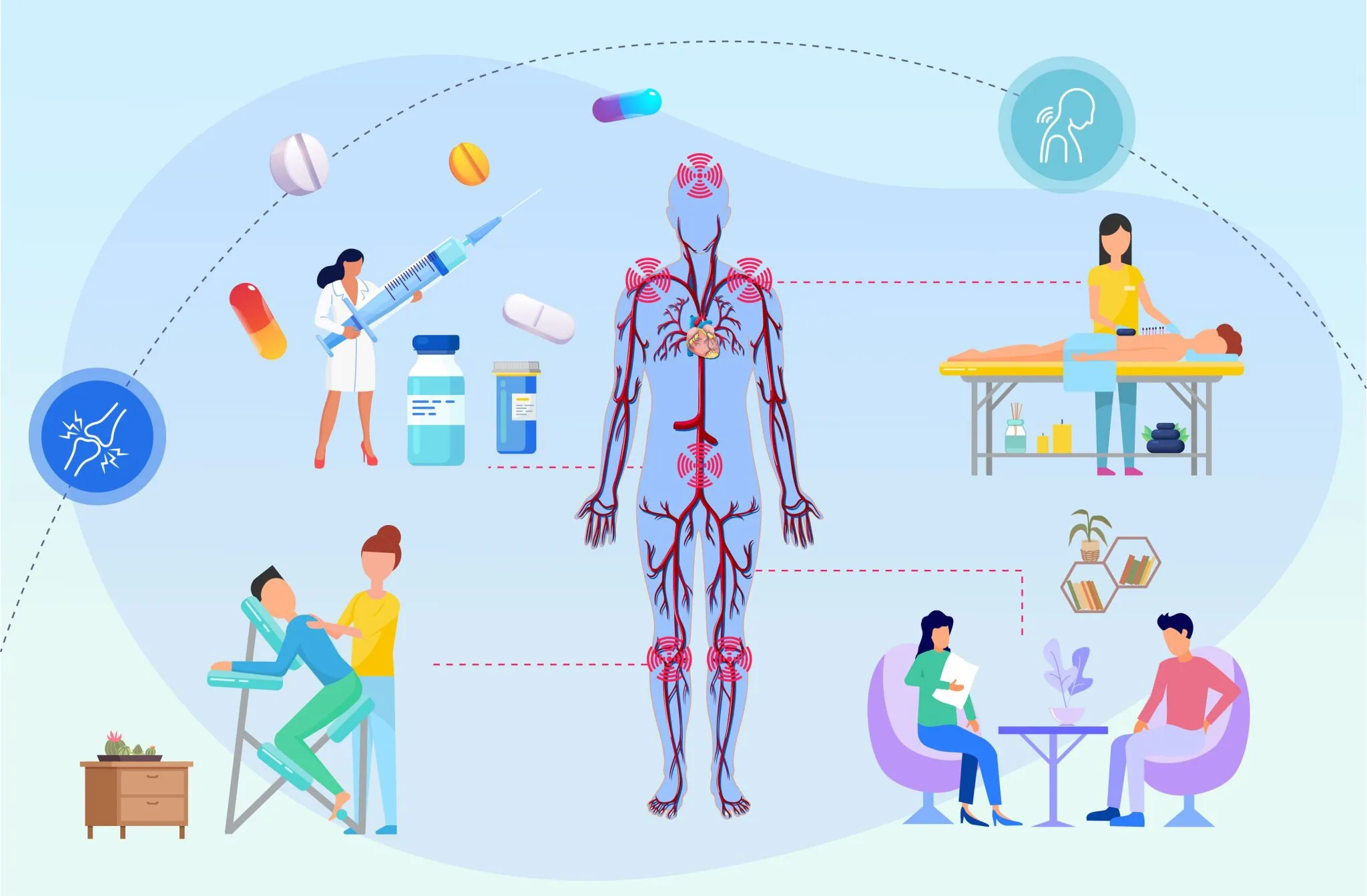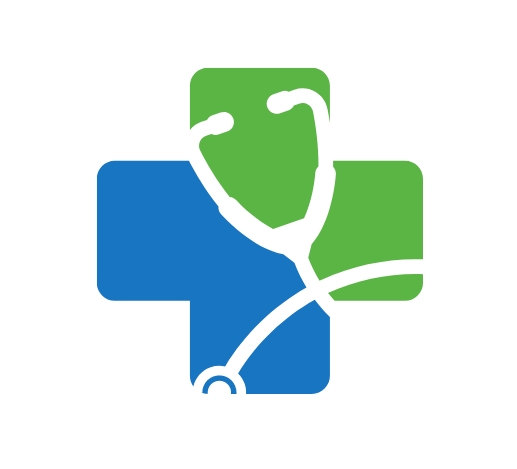
You’re not alone if you’ve shuffled between aktar remedies and vague prescriptions. In Turkey, where stoicism often overshadows science, a quiet revolution is unfolding. Evidence-based pain management (EBPM) is breaking the cycle of guesswork, blending hard data with human touch. Let’s explore how this approach is reshaping care from İstanbul’s bustling hospitals to Anatolia’s rural clinics.
What Makes Evidence-Based Pain Management Different?
EBPM isn’t about following textbook protocols—it’s about crafting personalized roadmaps. Imagine a construction worker in Gaziantep with chronic shoulder pain. Instead of defaulting to opioids, a clinic in Adana might prescribe biomechanical assessments plus shockwave therapy, citing a 2023 Çukurova University study showing 45% faster recovery. Core pillars include:
- Data-driven decisions: Using tools like the Central Sensitization Inventory to distinguish nociceptive pain from neuropathic.
- Holistic collaboration: Physiatrists, psychologists, and nutritionists co-designing plans.
- Patient empowerment: Teaching self-administered techniques like diaphragmatic breathing, proven to reduce post-surgical pain by 30%.
Turkey’s Cultural Crossroads: Honor, Herbs, and Modern Medicine
“Ağrıya katlanmak” (enduring pain) runs deep, especially among older generations. In Konya, it’s common to seek hacamat (wet cupping) before seeing a doctor. While tradition holds value, EBPM bridges gaps. Trakya University integrated lavender oil massage (a local favorite) with TENS therapy for arthritis patients, cutting pain scores by 58%. Yet, myths persist: 40% of Turks still believe chronic pain is “God’s will,” per a 2024 Turkish Psychiatric Association survey.
Practical Steps for Patients: Navigating the System Smartly
Start by choosing clinics accredited by Turkish Algology Association. For example, Memorial Şişli Hospital in İstanbul offers functional pain assessments, mapping how pain impacts daily tasks like climbing stairs or lifting grandkids. Key questions to ask:
- “Bu tedavi protokolü hangi klinik çalışmalara dayanıyor?” (Which clinical studies support this protocol?)
- “Yan etkiler konusunda nelere dikkat etmeliyim?” (What side effects should I monitor?)
Steer clear of providers dismissing your ağrı günlüğü (pain diary). Red flags include clinics promoting “miracle cures” or refusing to share outcome statistics.
Healthcare Providers: Adapting EBPM in Resource-Limited Settings
Turkey’s public hospitals juggle high patient loads, but creativity thrives. Eskişehir Osmangazi University trains GPs to use pain neurophysiology quizzes, helping patients visualize nerve pathways—a tactic that boosted treatment adherence by 52%. Telemedicine platforms like Doktorum Yanımda connect rural patients with İstanbul Üniversitesi specialists, reducing unnecessary referrals. For opioid stewardship, Ankara’s Türkiye İlaç ve Tıbbi Cihaz Kurumu mandates real-time prescription tracking, curbing misuse.
Breakthroughs You Might Not Know About (But Will Love)
- Red Light Therapy: İzmir Biofizik Center uses wavelengths targeting mitochondrial dysfunction in fibromyalgia, easing fatigue in 60% of users.
- Pain Reprocessing Therapy (PRT): Taught in Bursa Uludağ University workshops, this brain-retraining method shrinks pain catastrophizing—a key driver of chronicity.
- 3D-Printed Orthotics: Customized insoles from Antalya Orthopedi Merkezi correct gait imbalances linked to knee osteoarthritis, delaying surgery by years.
Busting Myths: Separating Fact from Folklore
- Myth: “Ağrı kesici iğne en etkilisidir.” (Painkiller injections are the most effective.)
Fact: Corticosteroid injections offer short-term relief but accelerate joint degeneration in 20% of cases, says Hacettepe Üniversitesi data. - Myth: “Bel ağrısı mutlaka fıtık demektir.” (Back pain always means a herniated disc.)
Fact: Over 70% of mechanical back pain stems from muscle imbalances, treatable via physiotherapy, per Gazi University research.
Spotlight: Turkish Clinics Leading the EBPM Charge
- Koç University Hospital (İstanbul): Combines virtual reality exposure therapy with graded exercise for CRPS (Complex Regional Pain Syndrome).
- Diyarbakır Gazi Yaşargil Eğitim Hastanesi: Runs community workshops on pain neuroscience education, demystifying chronic pain for Kurdish-speaking populations.
- İzmir Kent Hastanesi: Offers aquatic treadmill sessions in heated pools, ideal for elderly patients with osteoporosis.
Your EBPM Toolkit: Actionable Tips for Immediate Impact
- Leverage Local Resources: Download Ağrısız Yaşam (Pain-Free Life), a free e-book by Türkiye Ağrı Derneği, covering EBPM basics.
- Advocate for Multimodal Care: If prescribed opioids, ask about naltrexone co-prescribing to lower addiction risks.
- Embrace Tech: Wearables like Fitbit Charge 6 track sleep patterns affecting pain flares—clinics in Ankara now integrate this data into treatment plans.
A Final Note from the www.turkishdoctor.ae Editor
Pain management in Turkey is shedding its one-dimensional past. From the Aegean coast’s high-tech clinics to Van’s community health hubs, EBPM is proving that compassion and science aren’t rivals—they’re partners. Whether you’re a patient tired of Band-Aid solutions or a provider eager to innovate, remember: The best treatments don’t just quiet pain; they restore possibility.

 then "Add to Home Screen"
then "Add to Home Screen"